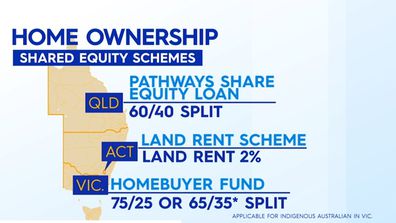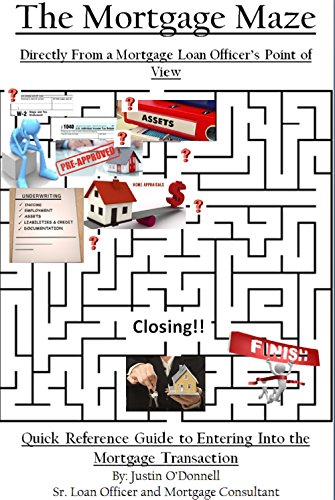
A HELOC allows you to make interest-only only payments during the draw period. These payments are typically very low. These payments are usually small. However, as time goes by, your payments will include the principal amount of your loan. This transition from interest-only payments to principal-and-interest payments is known as the principal-and-interest phase.
Interest-only payment during the heloc drawing period
A HELOC has a draw period which is five to ten consecutive years. During this period you cannot pay interest but can make smaller monthly repayments. You will need to begin making payments on principal once the draw period has ended. Understanding this time period can help you plan your repayment schedule.
Interest-only HELOCs allow you to pay only interest during the draw period. This makes borrowing less expensive initially. After the draw period, you will have to repay the principle balance, but it is enough to pay off the loan. If you pay only interest over the draw period, the balance will be paid in around 10 years.

The cost of borrowing cash can be lower with an interest-only HELOC, but it is also risky. Variable HELOC interest rates make it difficult to predict when and how much they will rise. HELOCs that only pay interest could put your house at risk. You may not be able to make your monthly payments if interest rates increase during the draw period.
Minimum monthly payment during the heloc draw period
Refinancing your HELOC before it expires is a good idea to keep your monthly minimum payment as low and manageable as possible. Most lenders allow you to convert your variable-rate HELOC to fixed rates before the draw period ends. You can also repay the entire principal of your HELOC before your draw period ends. This will lower the total balance at the end, and you will be able to close your loan.
Although the HELOC minimum monthly payment is usually low, it might not be sufficient to cover the loan balance for the draw period. Because interest rates can change depending on the economy, this is why. Even if the amount of your monthly payments is low during the draw period you will still need to make interest payments during repayment periods to cover the principle balance.
Cost of a heloc withdrawal period
HELOC draw periods are subject to significant variation in cost. The initial interest rate will not change, but it will fluctuate over time depending upon the economy and interest rates trends. You should plan your budget to allow for fluctuations and enough flexibility to pay the increased and decreased payments.

HELOCs typically have a draw period between five and ten year. The repayment term can last up to twenty-years. Some HELOCs require repayment within five years of the end of the draw period. If you are able to make your payments on time, you can save hundreds of dollars per month.
HELOC interest rates will vary depending upon the value of your house and the amount that you owe. A lot of lenders charge fees to open accounts. However, if you pay off your balance within the specified time, you will be able to withdraw a portion of your money without any penalty. Even though the interest rate is lower that a credit-card, you still borrow money from the lender. You can also be foreclosed upon if the loan defaults.
FAQ
How many times may I refinance my home mortgage?
It depends on whether you're refinancing with another lender, or using a broker to help you find a mortgage. You can refinance in either of these cases once every five-year.
Is it better to buy or rent?
Renting is typically cheaper than buying your home. It is important to realize that renting is generally cheaper than buying a home. You will still need to pay utilities, repairs, and maintenance. Buying a home has its advantages too. You'll have greater control over your living environment.
What are the advantages of a fixed rate mortgage?
Fixed-rate mortgages guarantee that the interest rate will remain the same for the duration of the loan. This guarantees that your interest rate will not rise. Fixed-rate loans also come with lower payments because they're locked in for a set term.
Can I buy a house without having a down payment?
Yes! Yes! There are many programs that make it possible for people with low incomes to buy a house. These programs include government-backed loans (FHA), VA loans, USDA loans, and conventional mortgages. For more information, visit our website.
Statistics
- When it came to buying a home in 2015, experts predicted that mortgage rates would surpass five percent, yet interest rates remained below four percent. (fortunebuilders.com)
- Over the past year, mortgage rates have hovered between 3.9 and 4.5 percent—a less significant increase. (fortunebuilders.com)
- It's possible to get approved for an FHA loan with a credit score as low as 580 and a down payment of 3.5% or a credit score as low as 500 and a 10% down payment.5 Specialty mortgage loans are loans that don't fit into the conventional or FHA loan categories. (investopedia.com)
- The FHA sets its desirable debt-to-income ratio at 43%. (fortunebuilders.com)
- Based on your credit scores and other financial details, your lender offers you a 3.5% interest rate on loan. (investopedia.com)
External Links
How To
How to locate an apartment
When moving to a new area, the first step is finding an apartment. This requires planning and research. It involves research and planning, as well as researching neighborhoods and reading reviews. You have many options. Some are more difficult than others. The following steps should be considered before renting an apartment.
-
Researching neighborhoods involves gathering data online and offline. Websites such as Yelp. Zillow. Trulia.com and Realtor.com are some examples of online resources. Online sources include local newspapers and real estate agents as well as landlords and friends.
-
Find out what other people think about the area. Review sites like Yelp, TripAdvisor, and Amazon have detailed reviews of apartments and houses. You may also read local newspaper articles and check out your local library.
-
Make phone calls to get additional information about the area and talk to people who have lived there. Ask them what they loved and disliked about the area. Ask if they have any suggestions for great places to live.
-
Be aware of the rent rates in the areas where you are most interested. Renting somewhere less expensive is a good option if you expect to spend most of your money eating out. On the other hand, if you plan on spending a lot of money on entertainment, consider living in a more expensive location.
-
Learn more about the apartment community you are interested in. For example, how big is it? What price is it? Is it pet-friendly What amenities does it offer? Is it possible to park close by? Do tenants have to follow any rules?